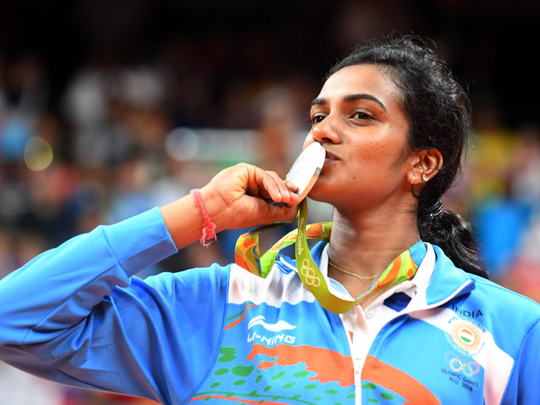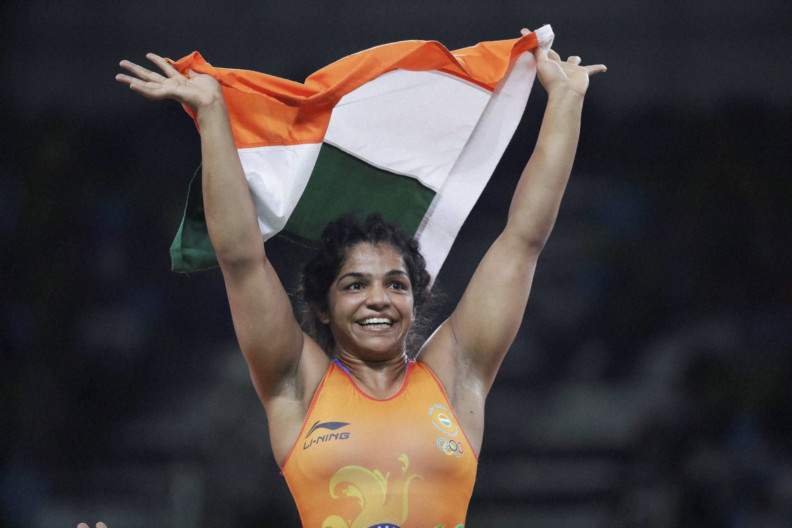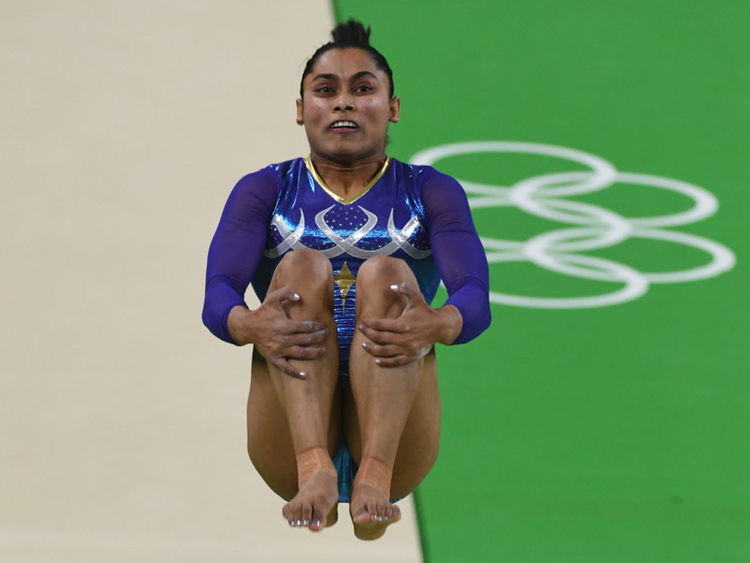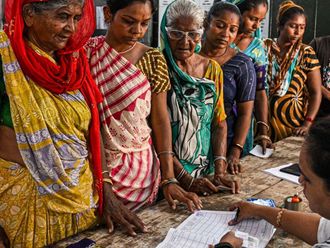
The joy felt by Indians over the successes of P.V. Sindhu in badminton, Sakshi Malek in wrestling and Dipa Karmakar (she missed a bronze by a whisker) in gymnastics is understandable.
At the same time, the question needs to be asked, as has been done earlier, as to why India, a nation of 1.2 billion people, second only to China in population, could win only two medals — which is one of its worst performances in recent years? India had won six medals at the 2012 London Olympics and three in 2008 at the Beijing Games.
The usual explanation for such a dismal record is known — poor infrastructure, poor physique, poor diet and the lack of the so-called killer instinct.
Indian sportsmen and women are rarely up to the mark, therefore, compared to their better-prepared opponents who have had the advantages of state-of-the-art training facilities and dedicated coaches, along with a balanced diet regimen. Some of them are also selected at an early age by talent-spotters, who instil in them a desire to win at major events.
Where Indians are concerned, cricket is the only game where they routinely do well, as in hockey earlier. But cricket does not require as intense a schedule of training as do disciplines like athletics or swimming and does not have the kind of global competition that other sports have, as it is played in only a handful of countries — largely Commonwealth nations.
One possible reason why India lags behind is that it has always relied more on individual talent — as in the cases of Sindhu, Sakshi and Dipa — than on organisations devoted to nurturing potential winners. This is true of cricket as well, where the team is heavily dependent on a single player for success — whether it is Virat Kohli today or Sachin Tendulkar yesterday.
Diet is another factor where India’s deficiencies show up. As former India cricket captain Kapil Dev had once said, Indians cannot be top-grade pace bowlers because they eat too much fried food. Besides, it is undeniable that virtually all the winners from European, American, African and even Asian countries, like China, are meat-eaters, including beef. Vegetarianism, which often leads to protein deficiency, is not exactly the road to sporting success.
The inadequacy of food habits is compounded by the generally slight build of Indians as well as the lack of stamina, which is why they are nowhere near the top in, say, football, let alone rugby.
An improvement in training facilities may bring in a few more medals, but the numbers are likely to remain in the single digits in the foreseeable future.
Since sports do not rank as high in the priorities of most families as academics, children regard playing games as a spare-time activity rather than as a prime objective, like coming first in class. As the Chinese media has patronisingly pointed out, the insistence of Indian parents on making their children doctors and engineers is one of the reasons why India does not produce world-class sportspersons. Among other reasons mentioned by the media are poverty and girls not being allowed into sports. For instance, Sakshi’s parents were ridiculed in Rohtak for allowing their girl to become a wrestler, supposedly a men’s sport.
Ironically, the emphasis on studies does not fetch Indians too many Nobel Prizes either. Evidently, the intellectual faculties of Indians remain as undeveloped as their sporting skills. The explanations for the deficiencies in both mind and body are the same — diet and infrastructure. It is generally not recognised that studying hard requires as much stamina and concentration as playing games. Not surprisingly, chess players like Bobby Fisher kept themselves physically fit through regular exercises. The mind cannot be at its peak if the body is weak.
If the sporting infrastructure is rudimentary, as television pictures of Dipa’s “gymnasium” in Agartala showed, the groves of academe are no better.
From primary schools with their absentee teachers and lack of toilets to colleges which are seen by most students as unavoidable waiting rooms till they get a job, the education system is in a shambles.
Its dismal condition can be gauged from the observation of the Nobel Laureate, Venkataraman Ramakrishnan, that the last science congress was a “circus”. Bharat Ratna (India’s highest civilian award) recipient C.N.R. Rao has also described the education scene as depressing.
More than any other sporting occasion, the Olympics denote a country’s progress or the lack of it. It isn’t only the swanky stadia or the crystal-clear, blue water bodies designated for boating, water polo and other sports, which show the level of economic advancement, but also the upscale cities where major events like cycling take place.
India organised the Asian Games in 1951 and 1982, the Afro-Asian Games in 2003 and the Commonwealth Games in 2010. But these could not match the razzmatazz of the Olympics.
Unless a country can hold the Olympics, it will be seen as lagging behind. Like the bullet train, the hosting of more than 200 countries in a sporting extravaganza has become a symbol of development. India’s Prime Minister Narendra Modi’s dream of modernising the country will not be achieved if India remains embroiled in cow politics and ministers splurge taxpayers’ money on junkets. Instead, the focus should be on enabling more Sindhus, Sakshis and Dipas to come to the fore.
— IANS
Amulya Ganguli is a writer on current affairs.











